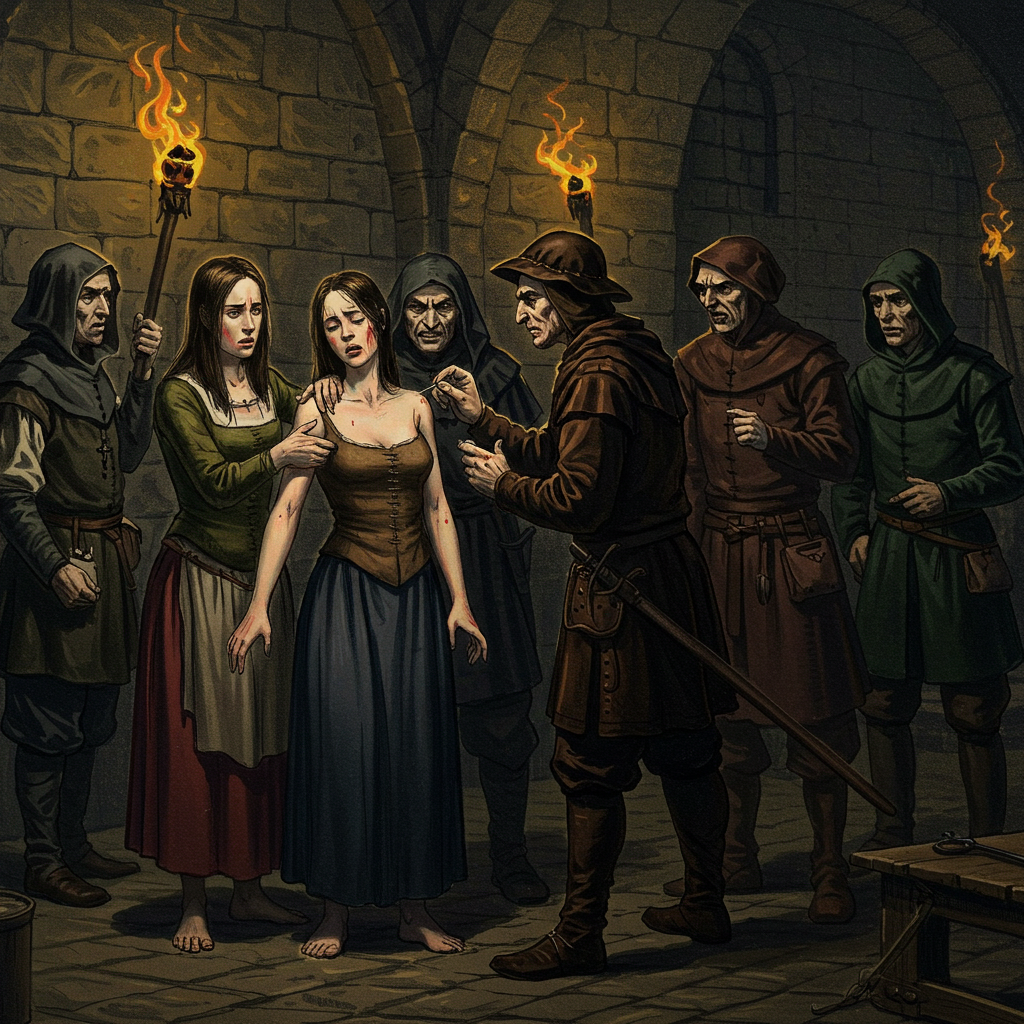The Devil’s Mark was believed to be a supernatural stigma imprinted on a person’s body as part of their alleged pact with Satan. This mark was said to confirm the individual’s identity as a witch and served as damning physical evidence during witchcraft investigations. Unlike ordinary birthmarks or moles, the Devil’s Mark was thought to be devoid of sensation—it would not bleed or feel pain when pricked with a needle. Witch-hunters claimed the mark could appear anywhere on the body, though it was often reported in concealed or private areas, adding to the spectacle and humiliation of the search.
These marks reportedly took many forms, including scars, skin tags, warts, moles, or even a so-called “witch’s teat”—an extra nipple used to suckle a familiar spirit. In the frenzied environment of witch hunts, any unusual skin feature could be reinterpreted as evidence of a demonic covenant, particularly when found on the bodies of elderly or socially marginalized women.



